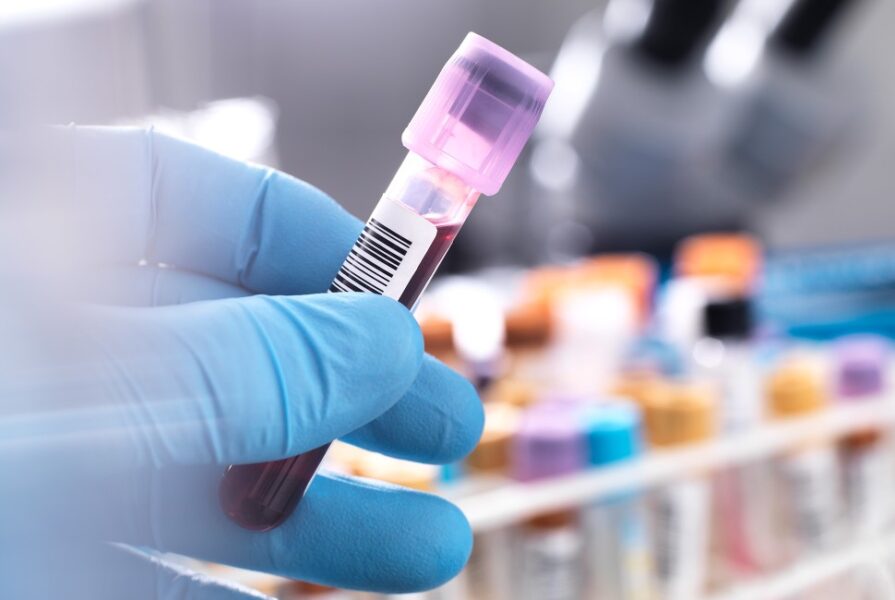Researchers from Northwestern Medicine and Brigham and Women’s Hospital have made a significant discovery in the fight against lupus, an autoimmune disease affecting over 1.5 million people in the U.S. Their study, published in Nature on July 10, reveals a molecular defect that drives the disease and suggests a potential way to reverse it without the side effects of current treatments.
Lupus can cause life-threatening damage to multiple organs, including the kidneys, brain, and heart. Until now, the causes of this disease remained unclear, and existing treatments often fail to control it while weakening the immune system’s ability to fight infections.
Dr. Jaehyuk Choi, associate professor of dermatology at Northwestern University Feinberg School of Medicine, explains: “Up until this point, all therapy for lupus is a blunt instrument. It’s broad immunosuppression. By identifying a cause for this disease, we have found a potential cure that will not have the side effects of current therapies.”
Unveiling the Molecular Culprit
The research team discovered a new pathway that drives lupus. They found disease-associated changes in multiple molecules in the blood of lupus patients. These changes lead to insufficient activation of a pathway controlled by the aryl hydrocarbon receptor (AHR), which regulates cells’ response to environmental pollutants, bacteria, or metabolites.
This insufficient AHR activation results in an overabundance of disease-promoting immune cells called T peripheral helper cells. These cells, in turn, promote the production of disease-causing autoantibodies.
Dr. Deepak Rao, an assistant professor of medicine at Harvard Medical School and co-director of the Center for Cellular Profiling at Brigham and Women’s Hospital, states: “We’ve identified a fundamental imbalance in the immune responses that patients with lupus make, and we’ve defined specific mediators that can correct this imbalance to dampen the pathologic autoimmune response.”
A Potential Path to Treatment
To test their discovery’s therapeutic potential, the researchers added aryl hydrocarbon receptor-activating molecules to blood samples from lupus patients. This appeared to reprogram the lupus-causing cells into Th22 cells, which may promote healing from the damage caused by the autoimmune disease.
“We found that if we either activate the AHR pathway with small molecule activators or limit the pathologically excessive interferon in the blood, we can reduce the number of these disease-causing cells,” said Choi. “If these effects are durable, this may be a potential cure.”
The team is now working to expand their efforts into developing novel treatments for lupus patients. They aim to find ways to deliver these molecules safely and effectively to people.
This breakthrough offers hope for millions of lupus patients worldwide who have long suffered from the disease’s debilitating effects and the side effects of current treatments. By targeting the root cause of lupus, this research opens the door to more effective, targeted therapies that could potentially reverse the disease without compromising the immune system’s ability to fight infections.
As the scientists continue their work, the prospect of a cure for lupus seems closer than ever before. While more research is needed to translate these findings into clinical treatments, this discovery represents a significant step forward in our understanding and potential treatment of this complex autoimmune disease.


